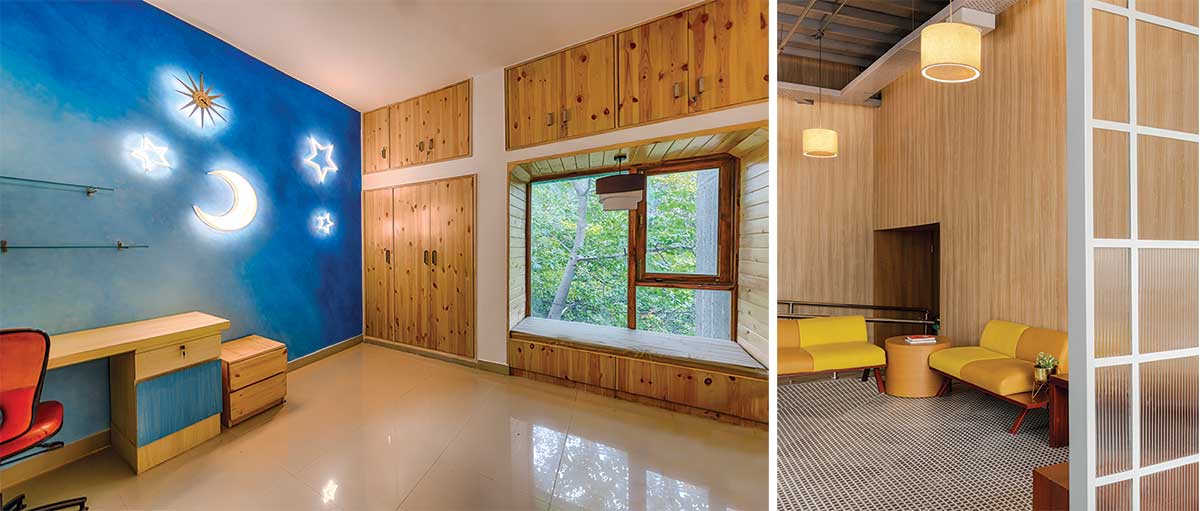
In some ways, the pandemic has compelled us to reassess and radically change our lifestyles. It made the world sit up and realise how we have been ignoring certain softer but crucial aspects of our lives and the importance of curated environments along with their impact on our wellbeing. Being confined in our mundane zones as a result of the epidemic highlighted the importance of addressing mental and physical health amidst the chaos.
The new situation demanded a revolutionized approach to the design of our living spaces. For example, the need for an ergonomic and comfortable work environment at home, a space to meditate and relax, greater focus on sanitation and hygiene practises and so forth.
Accommodating the forced situation to stay indoors, the responsibility to design better spaces is of paramount importance.
A good design can make a momentous transformation in our lives. But what constitutes a good design? To envisage a good design, we at Studio Meraki consider psychometric comfort, aesthetically pleasing, utilitarian, and alignment with the client’s budget. We look at wall and roof materials and features to provide thermal comfort and ventilation; interior surface finishes to create visual coherence that is easy to clean or maintain; and furniture that is both beautiful and functional.

The overall goal is to create an optimal environment by efficient use of available resources.
A wide range of explorations on the built environment have been going on throughout the globe in newer philosophies like minimalism, sustainability, micro-living, prefab structures, 3D printed houses, low-rise construction etc. All of these ideas are based on diverse principles and explore different ideologies, but the overall goal is to create an optimal environment by maximising the efficient use of resources. And these ideas have evolved from the realisation that we have a limited amount of resources to work with, and we must use them effectively. All of these philosophies would acquire popularity at different times in response to shifts in people’s aspirations, socio-cultural attitudes, and lifestyles.
Natural building materials have long been in demand due to their discrete qualities. However, due to their lack of supply, alternative man-made materials have gained prominence. As the pandemic’s aftermath unfolded, there was a more conscious assessment of materials that were resistant to viruses, bacteria, and fungi. These materials are simple to clean and maintain, cost-effective and long-lasting.
New trends and changes will come as we advance as a civilization and architecture will have to adapt to the variations.
Architecture has always been in response to the socio-cultural and aspirational needs of society; thus, the above-mentioned trends will influence the designer or architect to delve more deeply into these new realms. A designer, for example, must now be able to accommodate either a work from home set-up or perhaps a disinfecting space before entering the building.















